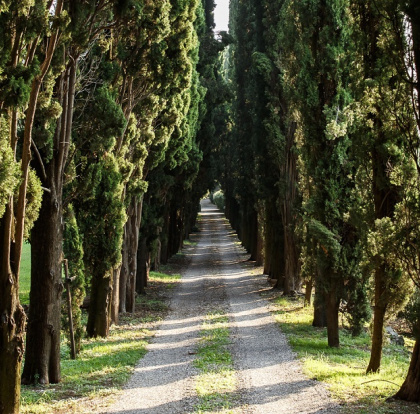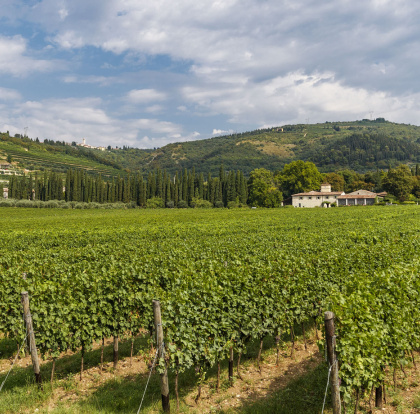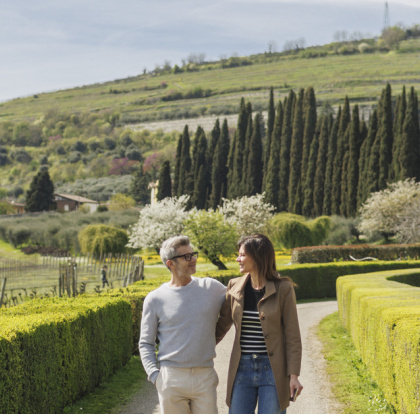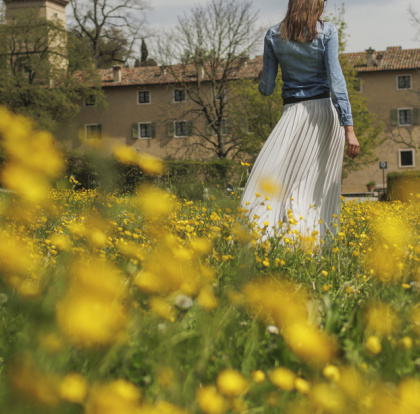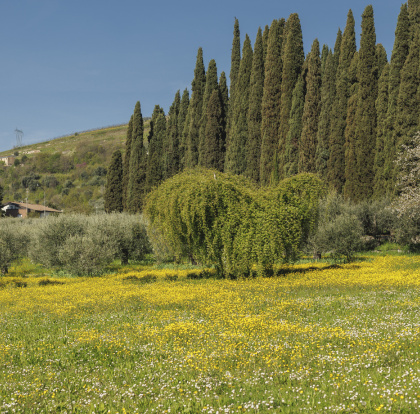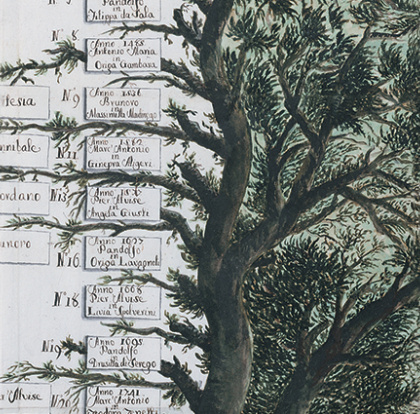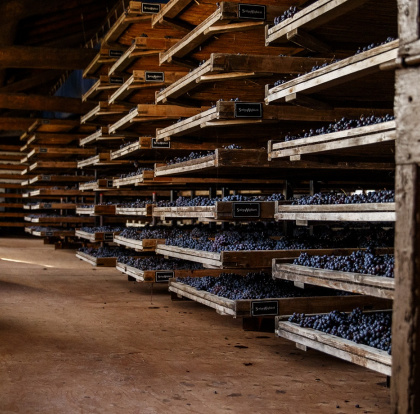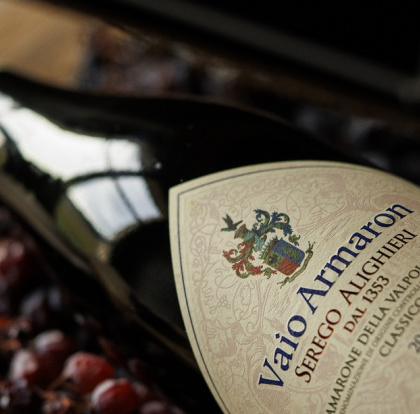THE ESTATE
A precious land treasured
for twenty-two generations
Possessioni Serego Alighieri is located in the heart of the Valpolicella Classica district, surrounded by green hills and just a few kilometres from the historic city centre of Verona and the beauty of Lake Garda.
In 1353, the charming Tenuta (estate), which was already famous for the quality of its vineyards, was bought by Pietro Alighieri, son of Dante the Poet, who had followed his father into exile in Verona.
For twenty-two generations, descendants of the Supreme Poet have lived in the Possessioni, a landmark site for viticulture in the Valpolicella region. Masi supports them in producing prestigious wines, heirs to an ancient, noble, and expert winemaking tradition.

